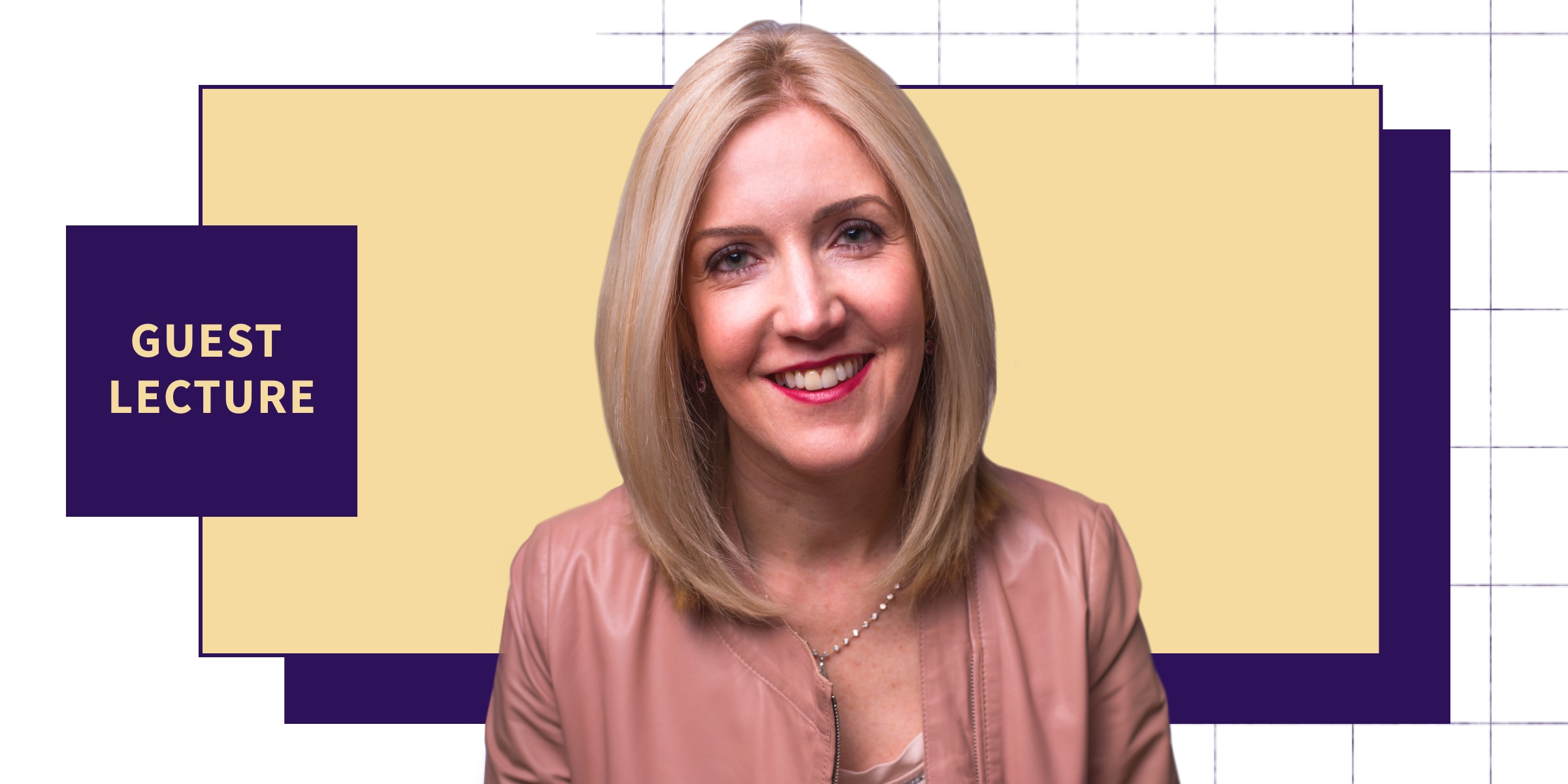Finding the ideal textbook to match an evolving field like human sexuality was a struggle for Nicole McNichols, Associate Teaching Professor in the Department of Psychology at the University of Washington in Seattle. With a desire to make learning more active, and better engage today’s students, McNichols decided to take matters into her own hands and co-author her first interactive digital textbook with Matthew Numer, Assistant Professor in the Faculty of Health at Dalhousie University. The result? A Critical Introduction to Human Sexuality.
Delivering a media-rich and up-to-date view of human sexuality is only part of the story. With better exam performance and student course evaluations that would put most professors over the moon, we sat down with McNichols to discuss how her approach to authoring has improved the learning journey for thousands of students.
What was your motivation for writing A Critical Introduction to Human Sexuality?
When I was preparing to teach, my predecessor, who’d taught the course for 30 years, warned me that there weren’t a lot of great textbooks out there and had actually taught without one. Initially I did try to settle on a traditional print textbook but found that it really wasn’t something that met the needs of my students. It was filled with outdated views and used language that reflected the stigma that surrounds a lot of topics about human sexuality we’re trying to move away from.
Still, writing your own textbook is a daunting project.
For sure. But I’d been using Top Hat for in-class polling and discovered they had just rolled out new technology that allowed professors to write their own interactive textbooks. So Matthew and I took it as an opportunity to throw out what hadn’t been working and start fresh.
Traditional print textbooks are such an outdated mode for delivering content to students. They can’t change. And because they’re printed, they’re not interactive. The beauty of writing a digital textbook was that we could change it constantly. We don’t have to wait two years to come up with a new edition. We’re able to talk to students and learn from their ideas. We could also introduce questions into the text to check their understanding or include a YouTube video or a podcast to augment the learning experience and get them really engaged.
How did your insights into Gen Z students guide the approach you took to writing your book?
Gen Z learners aren’t going to consume content in the same way I did when I was in college 20 years ago. They generally don’t read books for pleasure but they are constantly looking at content on their phones. The difference is that instead of being fed stagnant, fixed content, they’re used to clicking and interacting.
I also think the world is going in the direction of more active learning—where students take ownership for their own learning. So rather than passively consuming information I think they need to engage with it in order to form their own opinions. So we planned out the major sections and served up text in more bite-sized chunks. But layered on top of that, we added different types of questions to test students on what they’ve just read. It meant curating the design of each chapter by picking the tools Matt and I thought would best drill home the points we were trying to make, whether incorporating video, podcasts, links to research or interactive questions.
Are you concerned that chunking text and using video and interactive elements is just coddling today’s students?
I don’t think so. It’s appreciating that students are individuals and that they have different ways in which they consume media, and have different ways in which they best learn, so why not provide that?
Don’t get me wrong, there’s still a lot of reading to do, it’s just presented differently and with interactivity in mind. My assessment is that they’re spending just as much time reading our interactive textbook as they would a traditional printed version. But they’re also reading the most current research, which is important.
What difference has this made in terms of learning outcomes?
There’s no doubt that students are performing better on exams that have been evaluated by our Center for Teaching and Learning. These assessments have been judged to be more difficult than the exams that existed before students used this textbook, and compared to the exams my predecessor used.
Plus, they’re enjoying the course more. Since introducing the textbook, I’ve taught over 10,000 students. My average course evaluation rating—the summative rating—has been a five out of five. And the overwhelming majority of students mention the textbook as being an important factor. I don’t think it’s an understatement to say that having this book has transformed the learning experience for my students.
What would you say to someone who’s on the fence about embracing a digital textbook?
I think it is completely delusional to think that a print textbook or a PDF copy is going to deliver the same experience as something that is interactive. It’s really doing a disservice to our students to think otherwise. This is their education. Don’t students deserve to have something that is really going to deliver an excellent learning experience and optimize their outcomes?
I also believe this is a conversation that in 10 years will make us laugh because I can’t imagine that traditional print textbooks are going to be sticking around for that much longer. The format of the Top Hat text speaks perfectly to what it really means to have and use active learning.
Create a customized and safe learning environment for your human sexuality students to thrive in. Learn more about Nicole McNichols’ interactive Top Hat textbook here.
Nicole McNichols is an Associate Teaching Professor in the Department of Psychology at the University of Washington in Seattle, where she also received her PhD in Social Psychology in 2009. McNichols teaches the largest and most popular undergraduate course at UW, PSYCH 210 – The Diversity of Human Sexuality. She recently co-authored her textbook titled A Critical Introduction to Human Sexuality. It provides a modern, comprehensive and research-based exploration of human sexuality and incorporates real life perspectives on contemporary issues. The book is available to adopt in the Top Hat Catalog. You can follow McNichols on Instagram at @Nicole_TheSexProf for entertaining, subject-specific content.


